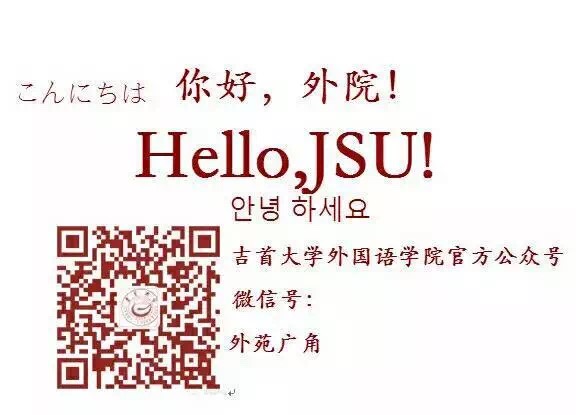|
|
|
25
2024-12
21
2024-09
20
2024-09
教学一线______________________________________MORE 》 |
学术研究___________________________________________________ MORE 》 |
|
|
员工工作______________________________________MORE 》 |
人才招聘_________________________________________________ MORE 》 |
|
|
| · | 304am永利集团关于2025年优秀... | 09-21 |
| · | 304am永利集团2024年第26届全国老员工英... | 03-05 |
| · | 304am永利集团2023-2024学年第... | 01-07 |

Copyright © 304am永利集团(中国)股份有限公司 版权所有
地址:湖南吉首市人民南路120号 邮编:416000
教QS3-200505-000069 湘ICP备 05003899
湘公网安备 43310102000102号
建议使用1024*768分辨率,IE8.0以上浏览器访问本网站
技术支持:平吉网络信息技术工作室
